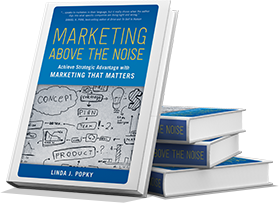Today’s focus is on the pet food industry—in the spotlight due to the recent finding of tainted dog and cat food, resulting in renal failure and a yet unknown number of pet deaths.
There are so many places to pin blame and shame here it’s almost hard to list them all: The Chinese wheat gluten supplier who provided the tainted raw material, the Canadian food supplier who didn’t ensure the quality and safety of their products, the FDA for not adequately performing its oversight of the pet food industry.
But let’s not forget the pet food suppliers themselves, who it appears are actually marketers rather than manufacturers of pet food. What’s become apparent as a result of this situation is that whether you buy the low-cost economy pet food at Wal-Mart or the high-end specially formulated food from Eukanuba/IAMS, the actual food ingredients all come from the same supplier with the same main ingredient.
What’s wrong with this picture? While all pet food manufacturers will now need to prove to the public that their pet food is safe to eat, the premium manufacturers will also have to prove to pet owners like me why I should continue to pay top dollar for their products when they are basically identical to what’s sold in Wal-Mart, Safeway or under private label. If the ingredients are the same, then what’s different? The packaging? This is a great example of how apparently identical products have been successfully positioned at various price points without the consumer understanding how similar the products themselves actually are.
We talk about products being only part of a total solution that includes service, customer experience, image/branding and competitive environment. However, the bottom line is that there needs to be enough differentiation in the total solution to justify selling different versions at different price points.
Sellers, you are all forewarned: Hell hath no fury like millions of pet owners scorned.




